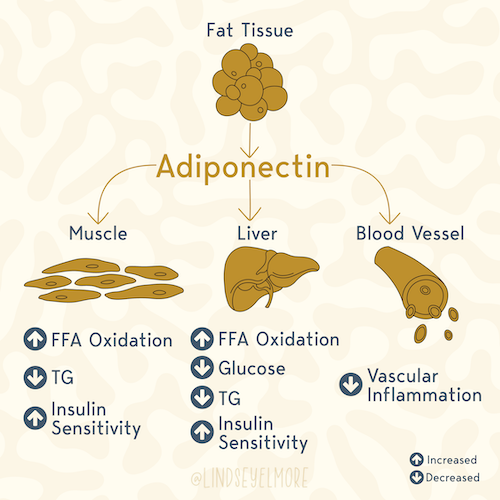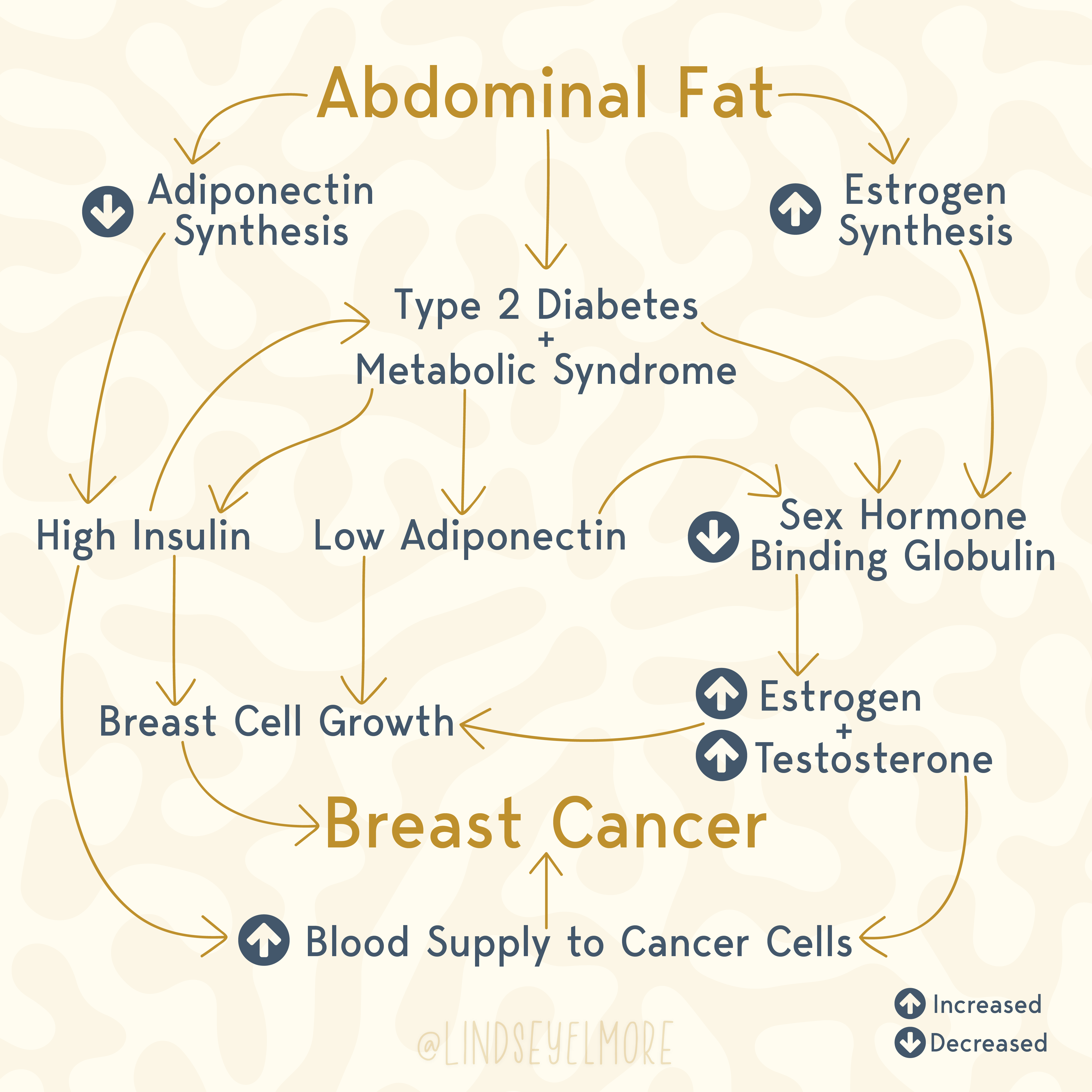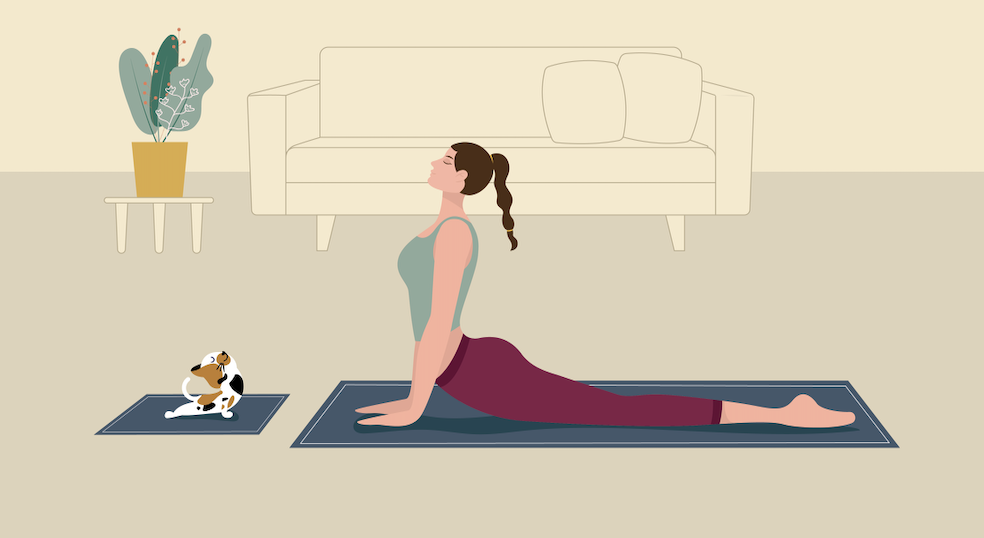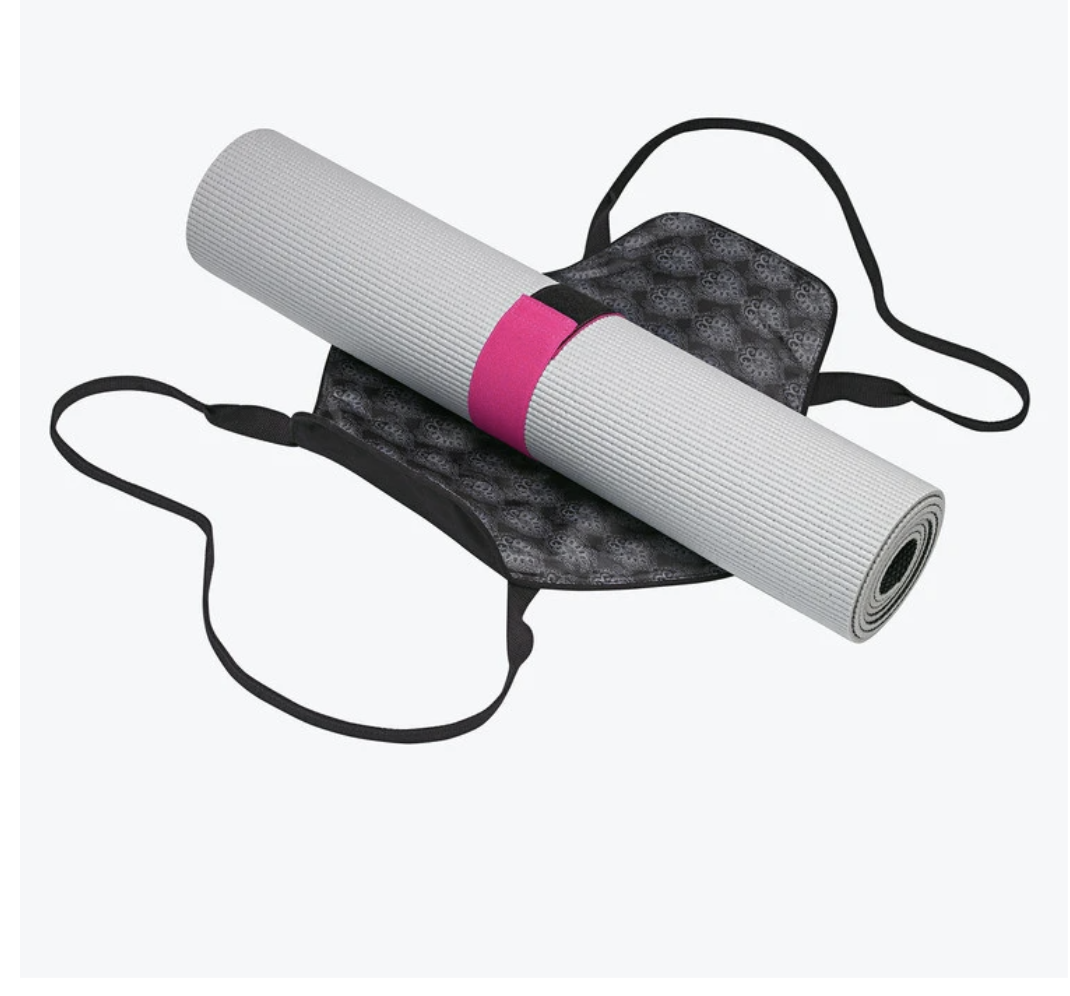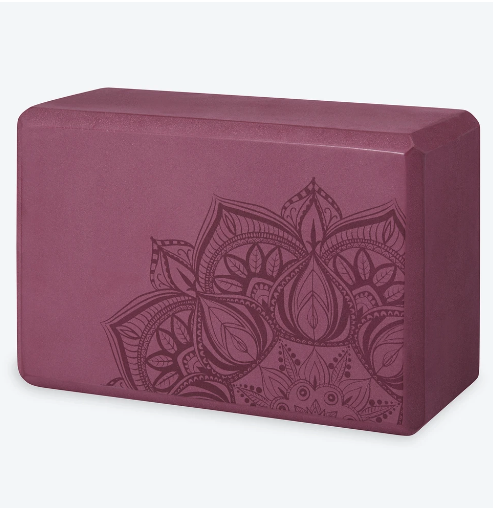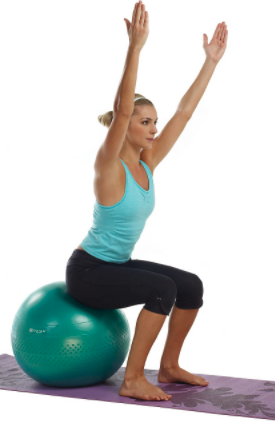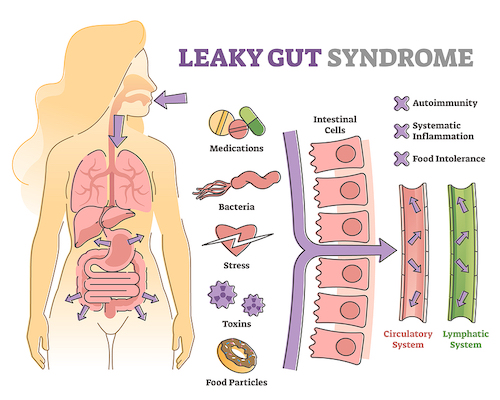Do you feel like there’s always something that gets in the way of accomplishing big goals? Does it seem like you watch others excel and grow and achieve while you’re always left behind? Chances are, you’ve got something blocking your path. Let’s take a look at what’s standing in the way of achieving your dreams and what you can do about it.
Fear
Let’s just get this big culprit out of the way. Fear can get in the way of achieving your dreams because it stops you from taking risks. Whether you fear failure, being judged by others, or letting yourself or others down, fear can absolutely cripple your dreams. Fear leads to lack of action as it paralyzes us from moving forward in a positive direction.
Try the following steps next time you feel fear creeping in and preventing you from going after your dreams:
- Acknowledge it. Take a moment to identify the emotion of fear and look it straight in the eyes. Notice that you are not actually in eminent danger. Then take a deep breath and calm your thoughts.
- Focus on your goal. Instead of focusing on the obstacles, focus on your actual goal. Picture yourself after having achieved the goal. Imagine how great you’ll feel when you finally lose the weight, write the book, start the company, or achieve the dang thing. The goal is all that matters. Hold it in your mind.
- Break it down. SMART goals are Specific, Measurable, Achievable, Relevant and Time-based. Breaking your big dreams down into smaller, specific steps makes any challenge more obtainable. If you want to lose 20 pounds, it starts with the first pound. Writing that book begins with a sentence, then a chapter, etc. Starting a new career begins with a series of steps. Building a networking business begins with talking to one person. Take it one step, one day at a time, and celebrate the small successes along the way.
- Move forward. Once you’ve acknowledged the fear and processed through the reasons for it, it’s time to kick it to the curb. Focus on your dream, write out your steps, and start taking action. You’ll be surprised at how easily the fear dissipates once you take authority and choose to move forward instead.

Comparison
It’s so easy to fall into the comparison trap. Undoubtedly, there’s someone you know who’s already doing what you want to do. Comparing yourself only leads to feelings of not being good enough and jealousy or envy. Until you can celebrate when someone else gets what you want, you’ll never be freed to get yours. [Read that again.]
When you feel the envy creeping in, do this instead:
- Recognize your uniqueness. No one has your exact style, talents, experiences, and knowledge. Even when others have what you think you want, there’s no one who can be you better than you.
- Refocus on your vision. Imitating others and their journey is inauthentic if it’s not meaningful to you.
- Focus on developing yourself. Acknowledge that you are a work in progress gradually evolving into the person you want to be. Celebrate your progress and remember to reflect back at where you started. Every step forward is a step closer to achieving your dreams.
Perfectionism
Perfectionism is striving for flawlessness by setting unrealistically high standards for yourself. It means having the bar set so high, you will never truly reach it. Perfectionism is a form of fear that seeks to avoid rejection, criticism, and failure. For most people, perfectionism prevents us from get started in the first place.
Learn more about the perfectionism and how to overcome it in this post.
Laziness
Achievers are not lazy. Laziness is the desire to do nothing, resist effort, procrastinate and postpone. Moreover, it is a decision to be passive and allow things to stay as they are. Laziness will prevent you from achieving your goals one-hundred percent of the time. Don’t get me wrong; we all need times of inactivity. It’s important to take time to just be, to relax, and to rest. But if you struggle to get things done or accomplish those tangible steps you created in your SMART goals, it’s time to break through the laziness cycle.
- Rest, sleep and exercise. Sometimes, laziness is a result of being tired. This is why it’s ultra important to give yourself adequate rest, sleep, and exercise.
- Keep a daily list of action steps. Start with 1-3 simple tasks you want to complete in a day. Keep these realistic and easily obtainable. For example, you could set a goal to walk for 30 minutes and make 2 important phone calls. Simple, right? Now come up with a reward for yourself for completing your action steps for the day. As you break out of the habit of laziness, your list can get longer with more difficult tasks.
- Turn off distractions. An hour spent on social media is an hour not spent on working towards your goals. Make your goals a priority and refuse to allow distractions of social media, phone calls, etc. to get in the way of completing your daily action steps.
- Get some accountability. Find a friend who will help hold you accountable to your plan.

Procrastination
If you find yourself constantly procrastinating, it may be a sign that you have too many tasks or simply don’t know how to prioritize the importance of each task. The result is you get nothing done. The truth is, we can make a million excuses to start tomorrow, or next week, or next month. And when next month comes, there will always be a slew of new excuses to replace the ones from before. Procrastination can kill your dreams in a hurry because it keeps you stuck in the same place.
Want to learn 6 ways to overcome procrastination and start achieving your dreams? Check out this post.
Inconsistency
Consistency is a trait of successful people. For many people a lack of consistency is the largest obstacle to overcome, whether in regards to business goals or personal growth. We’ve all experienced that motivation and desire at the beginning of a project, but what happens when that initial excitement fades away? Fortunately, consistency is a learnable skill.
Developing consistency starts with determination. Here’s how to begin developing positive, consistent routines.
- Set your expectation. First, you have to know what you want. Setting expectations will remind you why you started on your journey in the first place. Telling yourself that you expect you will do the work necessary will bolster you when those negative thoughts come up.
- Find some accountability. Here it is again. Accountability is so key when you are working on goals. Whether you use an app or checklist or rely on a trusted friend or partner, accountability will help you stay consistent.
- Give yourself grace. Recognize that it’s okay to miss a day, and make a decision to be okay with that. You are an imperfect human, so don’t expect your progress to be perfect. If you slip up and have a bad day or if life just gets in the way, just pick yourself up and resolve to start again tomorrow. Progress doesn’t occur in a straight line; rather it has its ups and downs. Give yourself grace and forgiveness for the downs, and keep trudging ahead.
Lack of Focus
If you lack focus, you cannot endure what it takes to grow. For example, say your goal is to lose 10 pounds, but your coworker brings doughnuts to the office. A person who lacks focus will be easily tempted to eat just one. (It won’t really hurt that much, will it?) The focused person will recognize the doughnuts as a potential sabotage and graciously decline. When you know what you want and you stay focused on your goal, you won’t allow distractions and roadblocks get in the way of achieving your dreams.

Here are a few ways to help you stay focused:
- Write out your goals and to do list. Don’t just make a mental note. Write. It. Down. And then stick it someplace where you’ll see it regularly. There’s just something about seeing your goals in writing.
- Construct a plan. This goes right back to setting those SMART goals again. (Are you seeing some common themes here?) Make your plan, resolve to complete action steps towards your goals on the daily, and celebrate your success.
- Motivate yourself. Create some milestone checkpoints for yourself and build in rewards. Take time to really look at the progress you make from day to day and to celebrate how far you’ve come.
I am sure you noticed some repeated ideas throughout this post: Focusing on your goals, writing out your plans and action steps, getting some accountability, rewarding yourself, breaking big goals into smaller steps, etc. These are the proven steps to helping you get closer to achieving your dreams. If you are a person who naturally stays motivated and enjoys helping others reach their goals, you may be interested in joining me in a new coaching program designed to do just that. Learn more here.
If you need more structure and accountability, I’d love to introduce you to a tool that can help, as well as a community of people to partner with you in your journey of achieving your dreams. Find out more.




